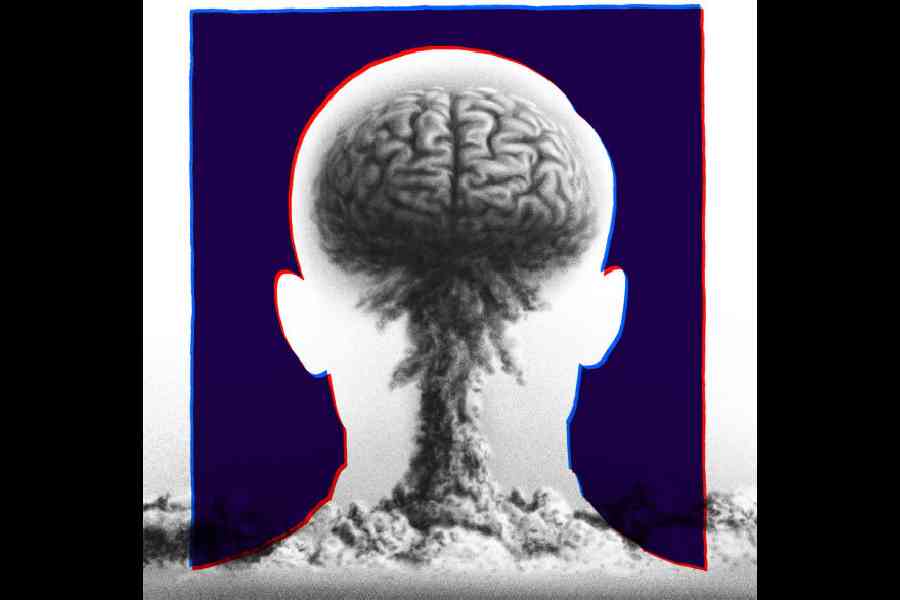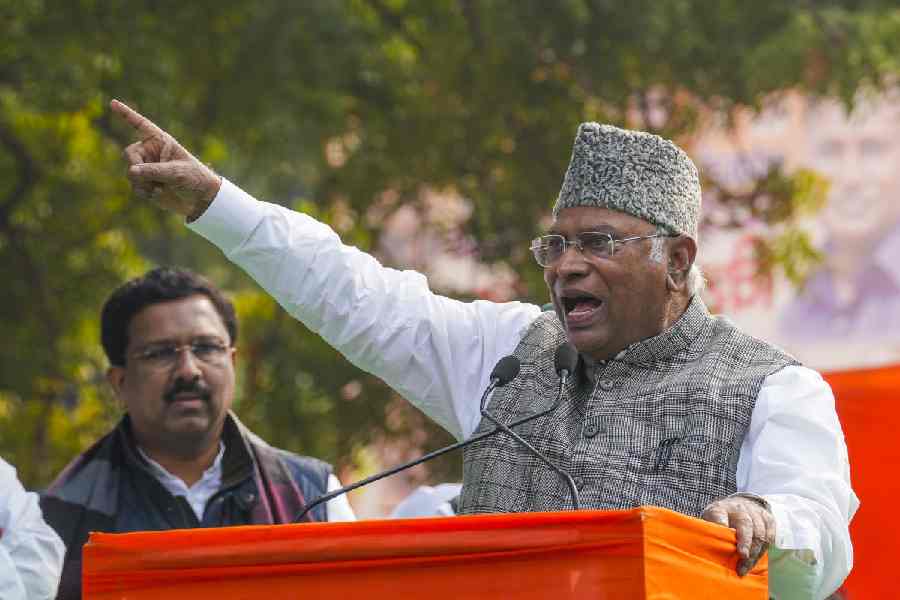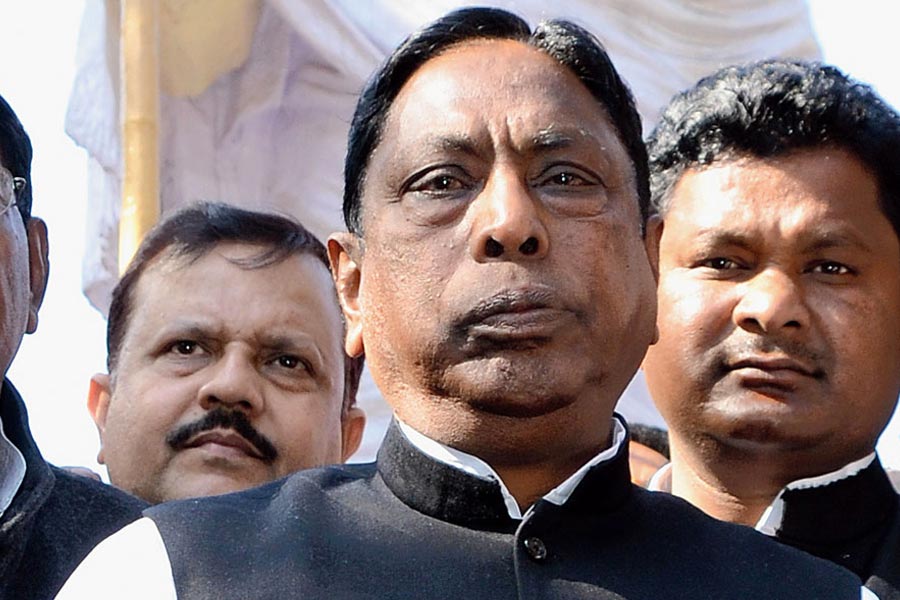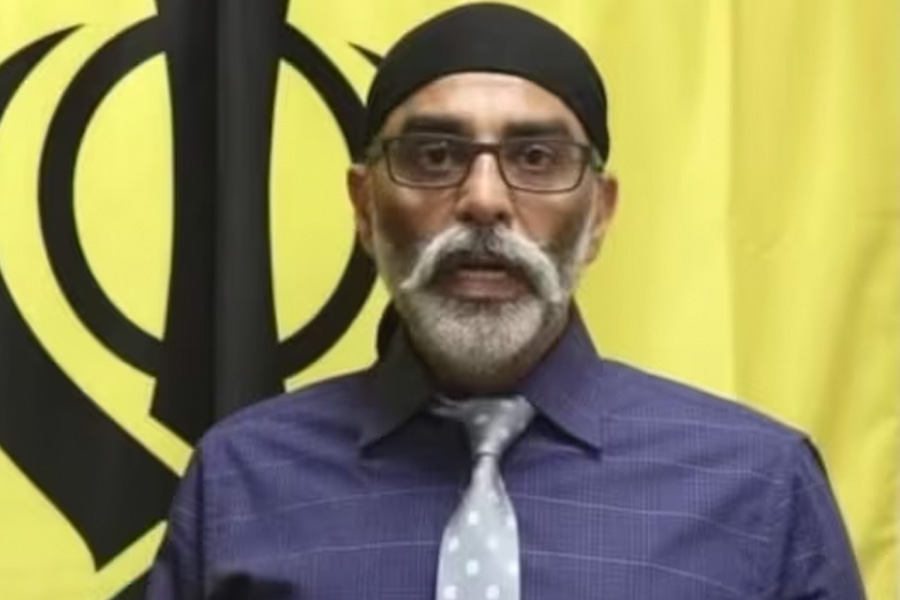Nuclear war has returned to the realm of dinner table conversation, weighing on the minds of the public more than it has in a generation.
It’s not just Oppenheimer’s big haul at the box office. Since Russia’s invasion of Ukraine, the country’s officials have made nuclear threats. Russia has also suspended its participation in a nuclear arms control treaty with the US. North Korea has launched demonstrative missiles. The US, which is modernising its nuclear weapons, shot down a surveillance balloon from China, which is building up its atomic arsenal.
“The threat of nuclear use today, I believe, is as high as it has ever been in the nuclear age,” said Joan Rohlfing, president and chief operating officer of the Nuclear Threat Initiative, an influential nonprofit group in Washington, D.C.
In this environment, a conventional crisis runs a significant risk of turning nuclear. It only requires a world leader to decide to launch a nuclear attack. And hence, that decision-
making process must be better understood.
Historically, scholarship on nuclear decision-making grew out of economic theory, where analysts have often irrationally assumed that a “rational actor” is making decisions.
“We all know that humans make mistakes,” Rohlfing said. “We don’t always have good judgment. We behave differently under stress. And there are so many examples of human failures over the course of history. Why do we think it’s going to be any different with nuclear?”
However, growing scientific understanding of the human brain hasn’t ne-
cessarily translated into
adjustments in nuclear launch protocols.
Now there’s a push to change that. The organisation led by Rohlfing, for instance, is working on a
project to apply insights from cognitive science and neuroscience to nuclear strategy and protocols — so leaders won’t bumble into atomic Armageddon.
But finding truly innovative, scientifically backed ideas to prevent an accidental or unnecessary nuclear attack is easier said than done. So is the task of presenting the work with adequate nuance.
Experts also need to persuade policymakers to apply research-based insights to real-world nuclear practice.
“The boundaries of that discourse are extraordinarily well protected,” said Anne I. Harrington, a nuclear scholar at Cardiff University in Wales, UK, referring to internal pushback she says government insiders have faced when challenging the nuclear status quo. “So anyone who thinks that they’re going to make changes from the outside alone — I think that won’t happen.”
The world’s nuclear powers have different protocols for making the grave decision. In the US, absent an unlikely change to the balance of power among the branches of government, the decision rests with just one person.
“The most devastating weapons in the US military arsenal can be ordered into use by only the President,” said Reja Younis of the Center for Strategic and International Studies in Washington, D.C., who is also a doctoral candidate in international relations at the Johns Hopkins School of Advanced International Studies, US.
In a crisis involving nuclear arms, Younis said, the President would probably meet with the secretary of defence, military leaders and other aides. Together, they would evaluate intelligence and discuss strategy, and the advisers would present the President with pos-sible actions.
“Which could range from ‘let’s do nothing and see what happens’ to ‘let’s full-scale nuclear attack’,” said Alex Wellerstein, a professor at the Stevens Institute of Technology in New Jersey, US, and head of a research project called The President and the Bomb.
In the end, though, only the President makes the call — and they can forgo guidance from advisers. A president could just press the proverbial button.
“These are the president’s weapons,” Rohlfing said.
Before his electoral victory in 2016, experts and political opponents began raising concerns about investing in Donald Trump the power to order a nuclear attack. That debate continued in Congress through his term. By the time he left office, then-House Speaker Nancy Pelosi had openly asked the chairman of the Joint Chiefs of Staff to limit his ability to launch nuclear weapons.
It was in this milieu that Deborah G. Rosenblum, the executive vice president of the Nuclear Threat Initiative, invited Moran Cerf, a neuroscientist who is a professor at the Columbia Business School, to give a lecture to the organisation in 2018. He titled it Your Brain on Catastrophic Risk.

The visit preceded a collaboration involving Cerf and a nonprofit called PopTech, whose conference Cerf hosts.
The groups are working to provide the government with science-based suggestions to improve nuclear launch protocols. Chang-ing those policies is not
impossible, but would require specific the right political scenario.
Cerf said his primary critique of the system for starting a nuclear war is that despite advances in our understanding of the fickle brain, the status quo assumes largely rational actors. In reality, he says, the fate of millions rests on indivi-
dual psychology.
Any brain, even a commander in chief’s, has a difficult time with the large-scale empathy required to understand what launching a nuclear weapon means. “We can’t really perceive what it means to kill 30 million people,” Cerf said.
There is a long-standing psychological term for this: psychic numbing, coined by Robert Jay Lifton. Just because humans are intelligent enough to master destructive weapons “does not mean that we’re smart enough to manage them after they’re created,” said Slovic, whose research has extended the concept of psychic numbing.
“If we’re faced with choices that pose a conflict between security and saving distant foreign lives to which we’re numb because they’re just numbers, we go with security,” Slovic said.
Perhaps today’s fear is that individual psychology governs a world-altering choice. Given that, working to understand how brains might work in a nuclear crisis, and how they could work better, is worthwhile.
NYTNS










